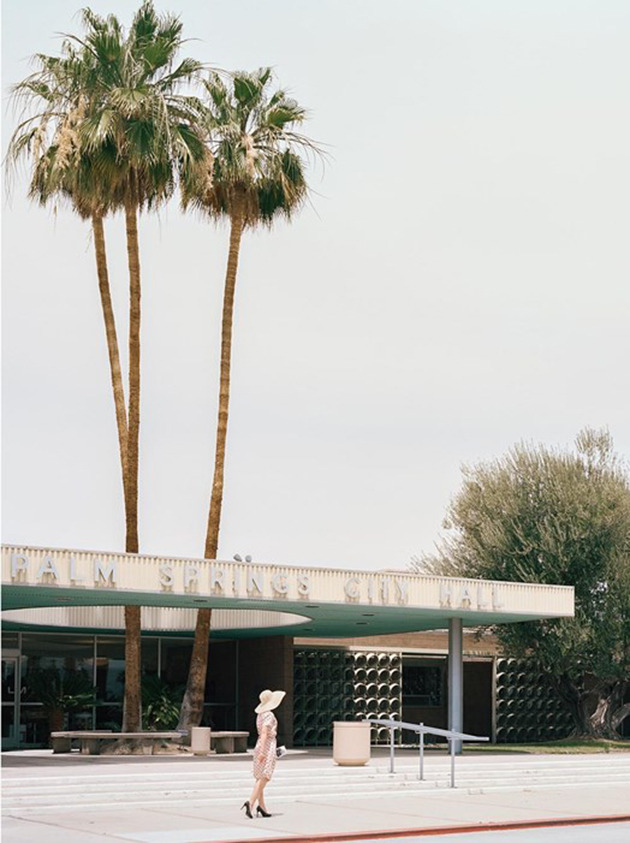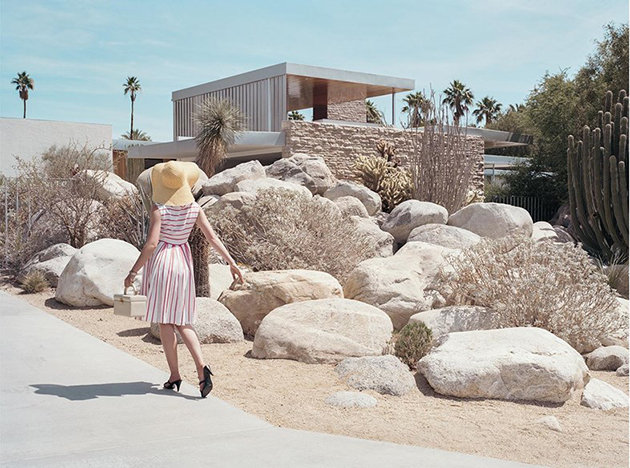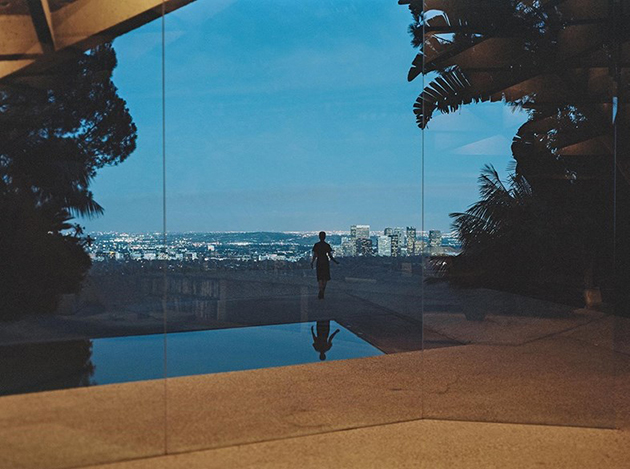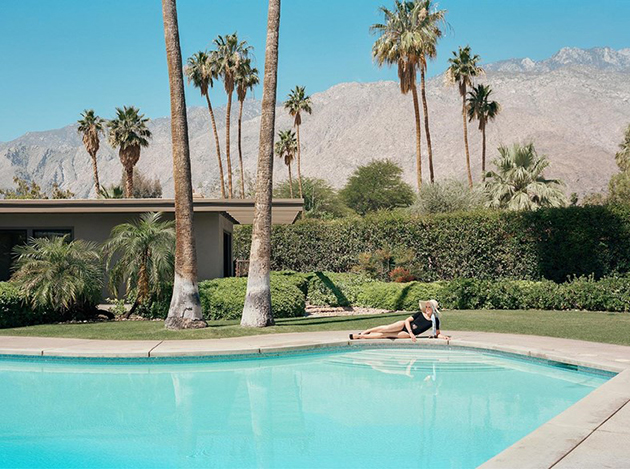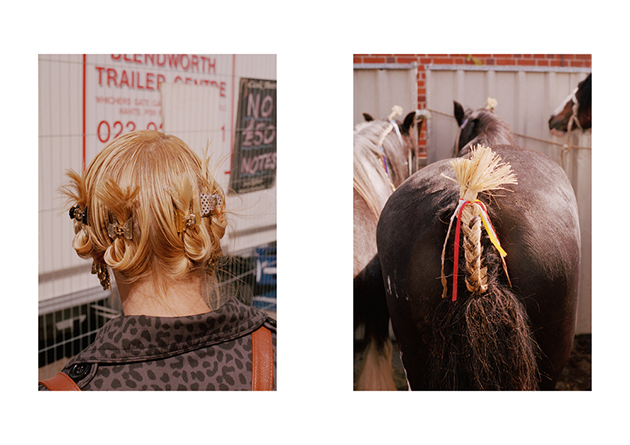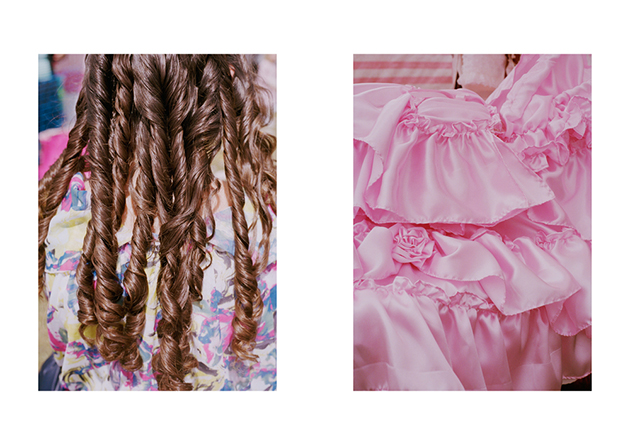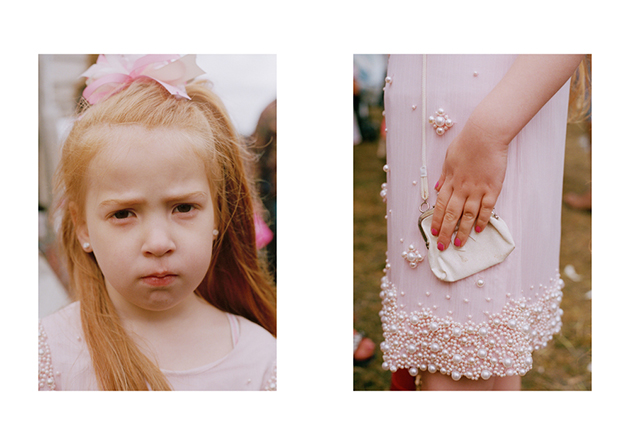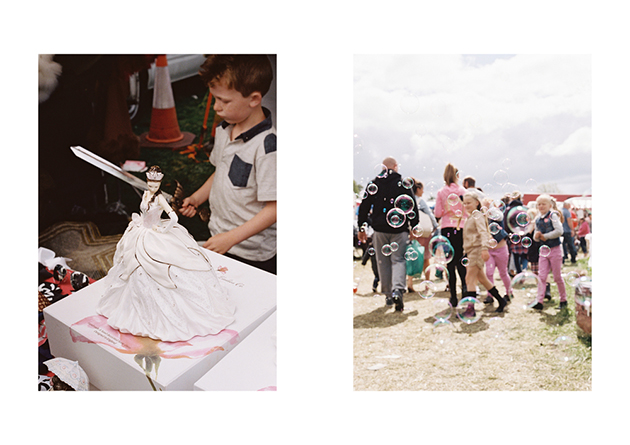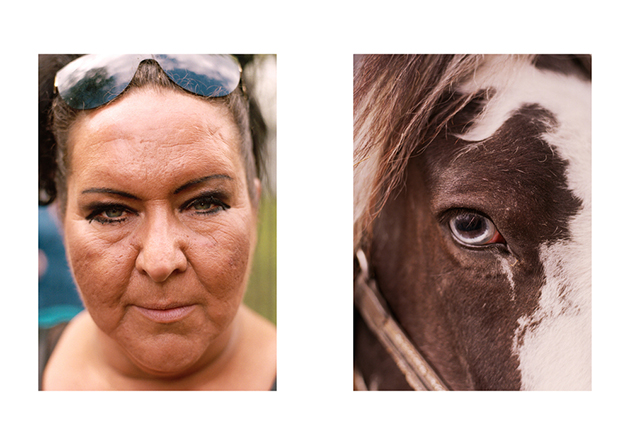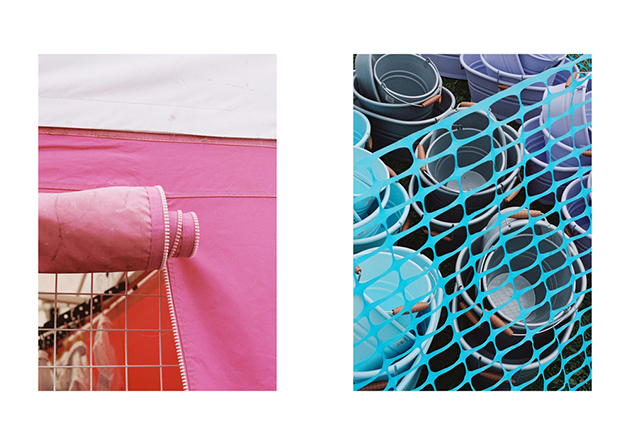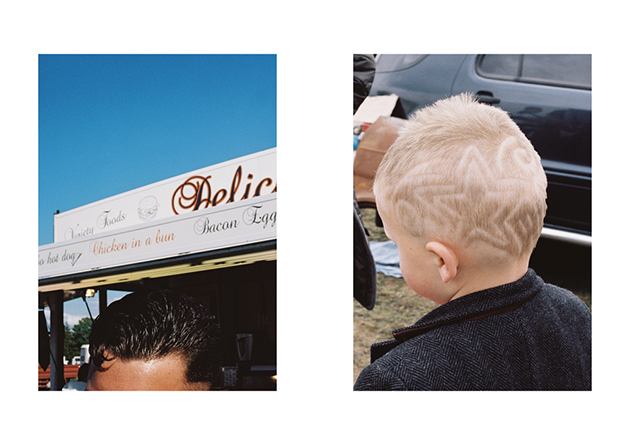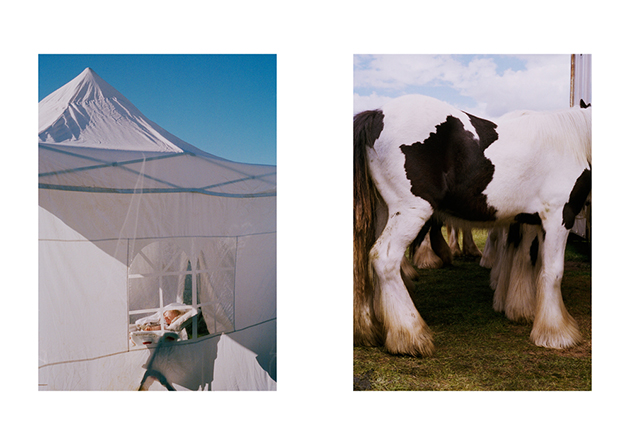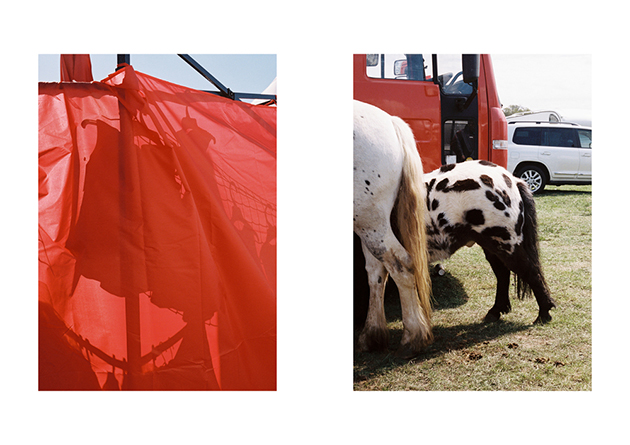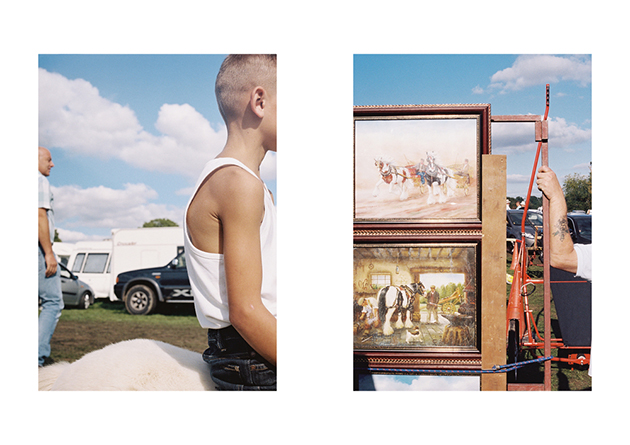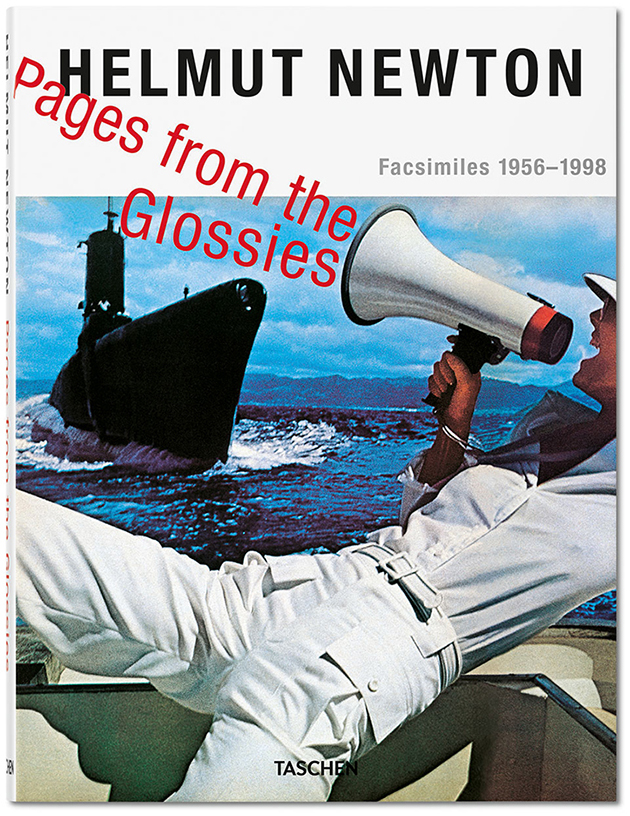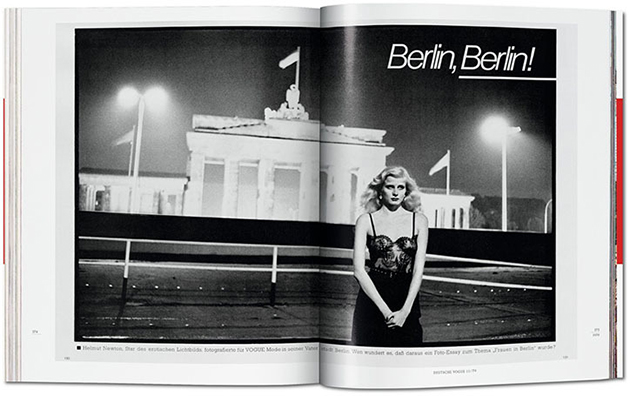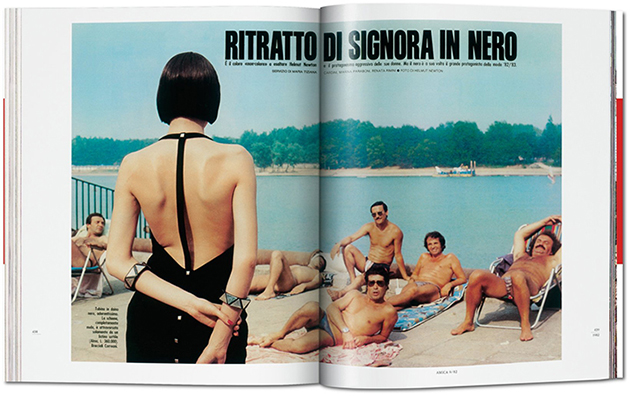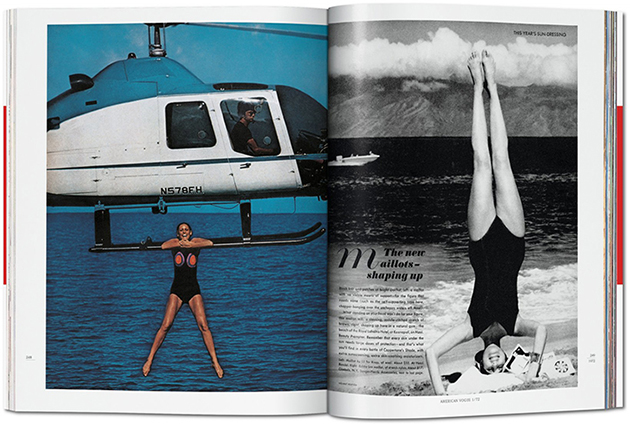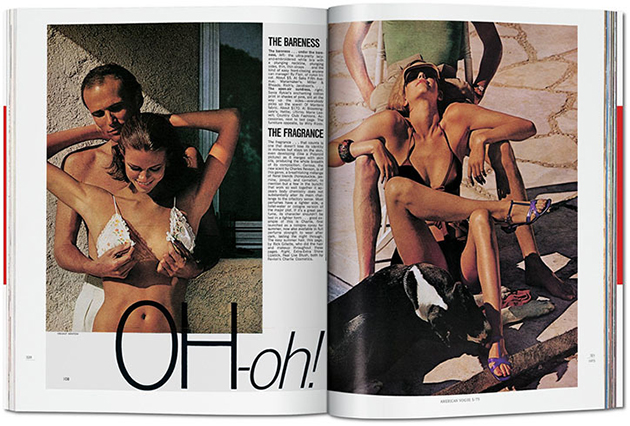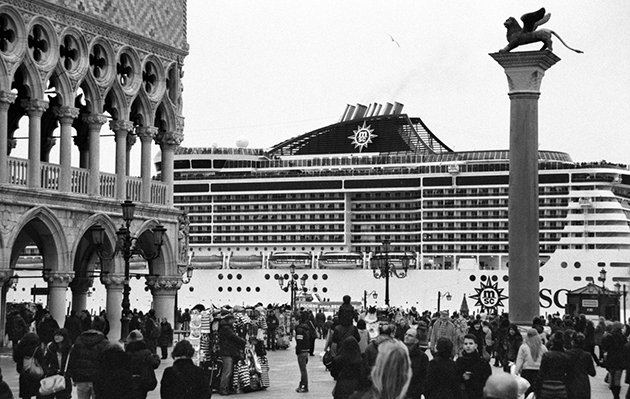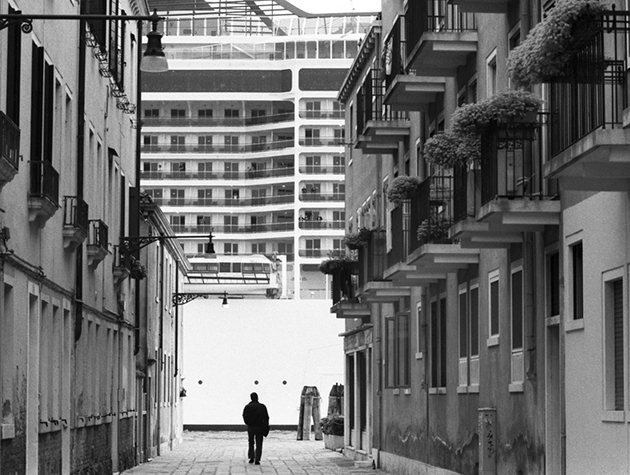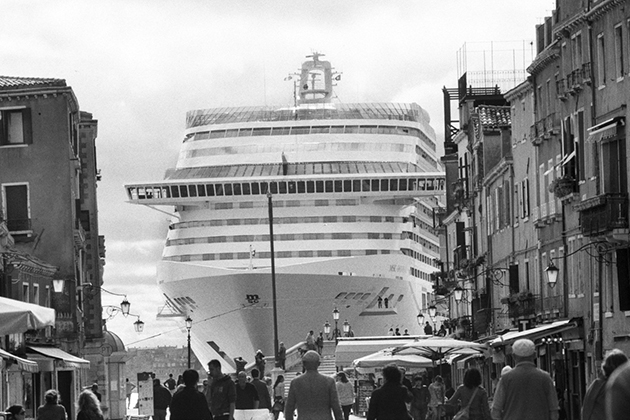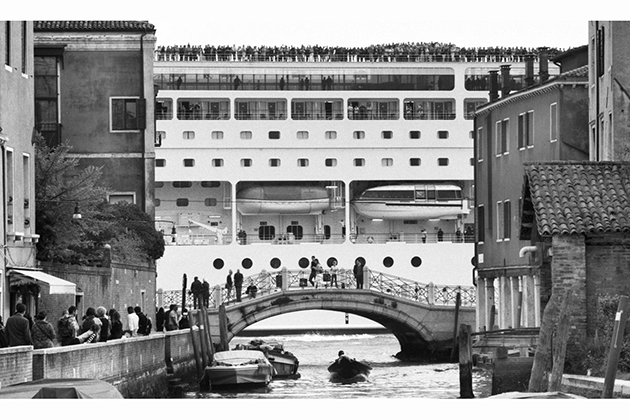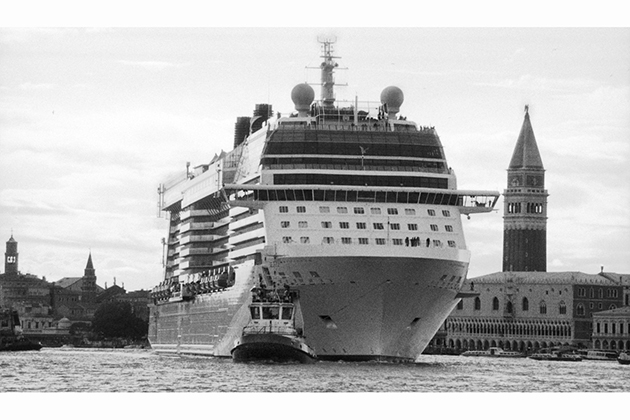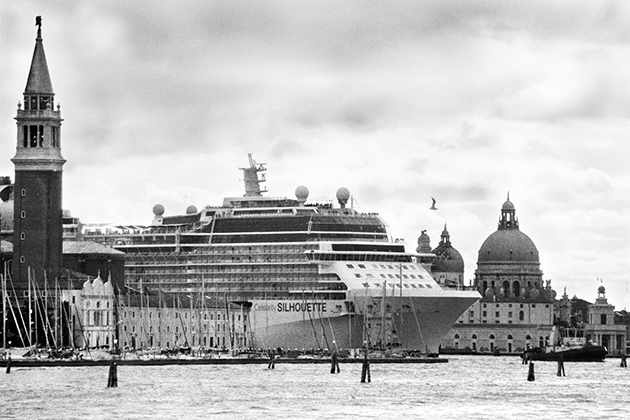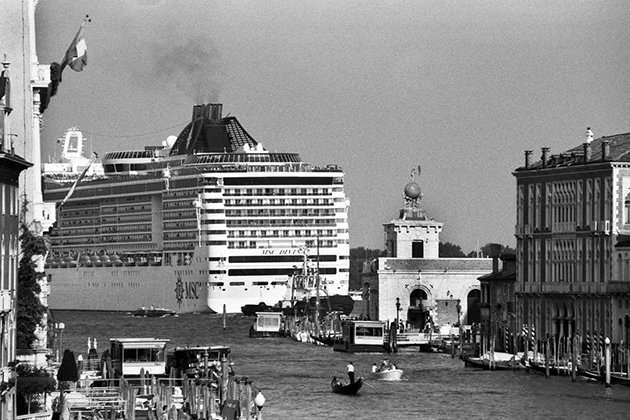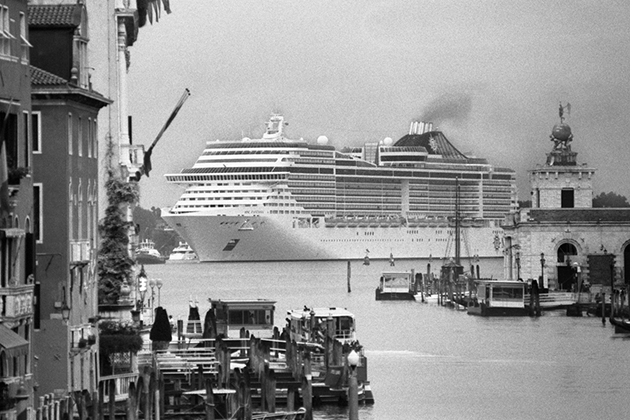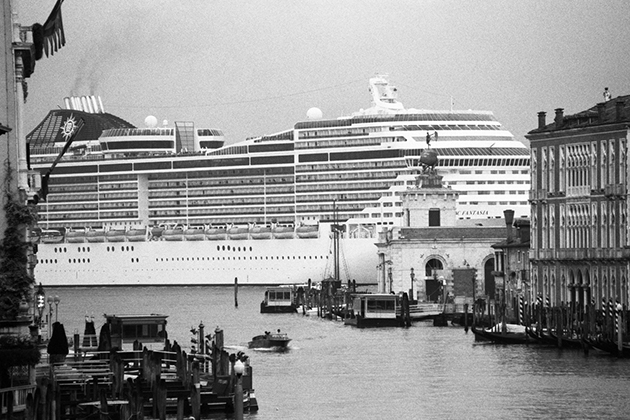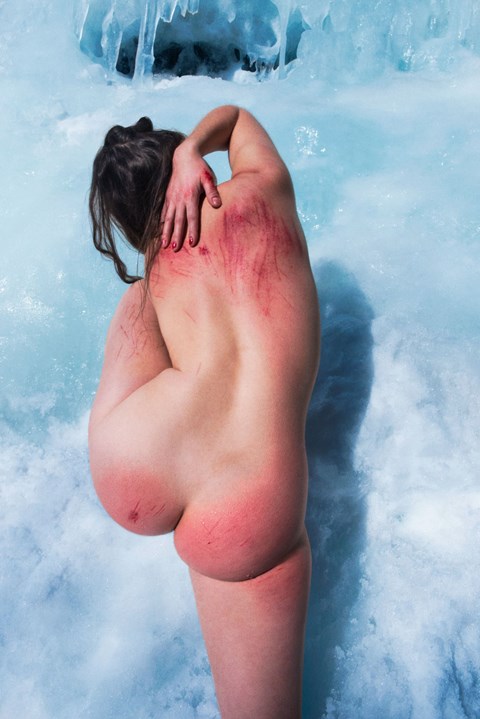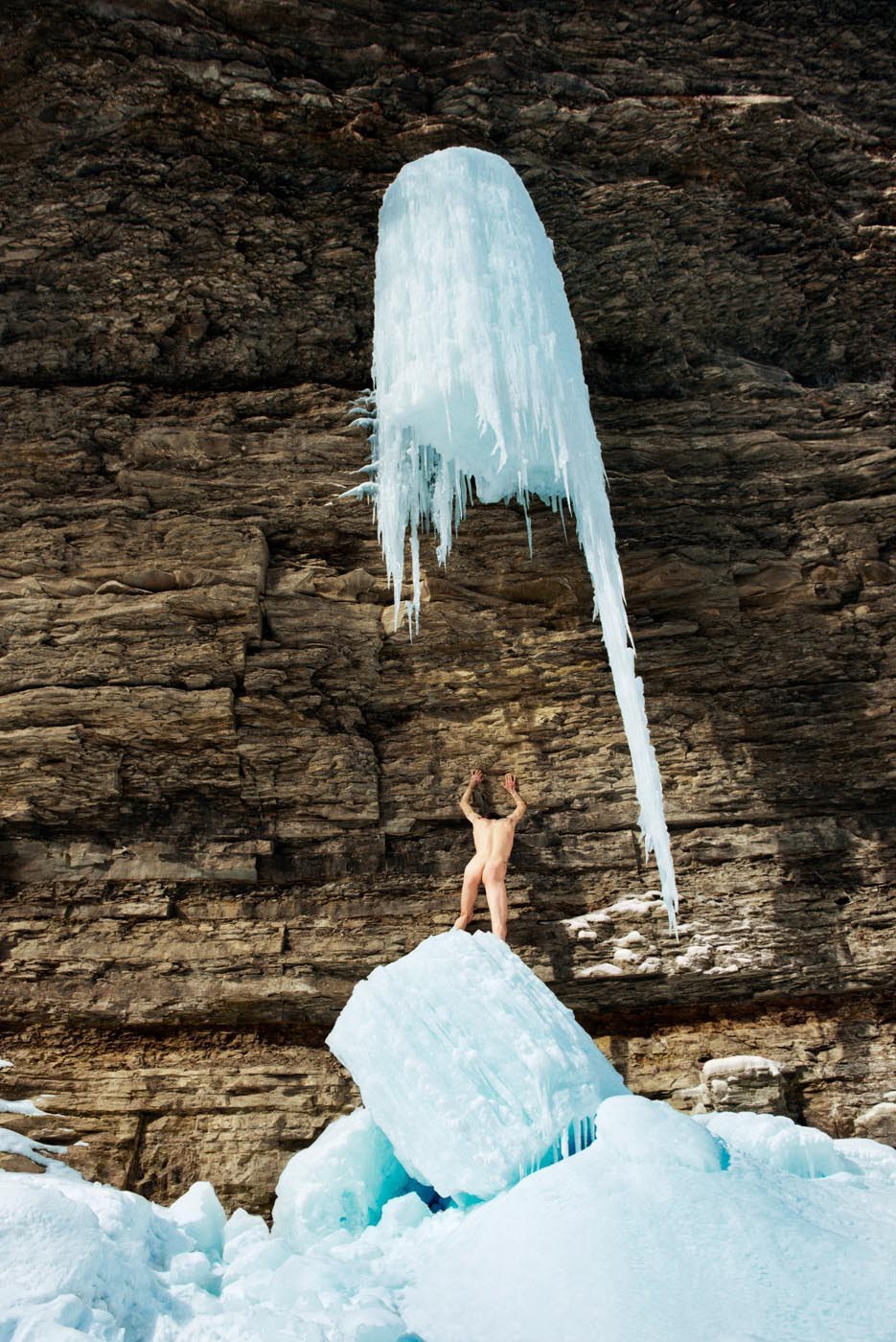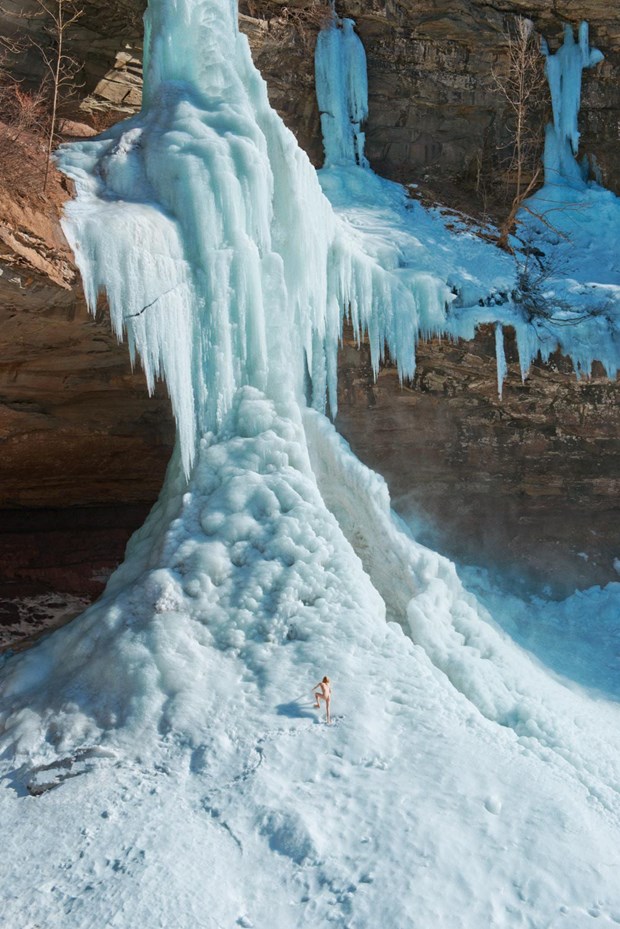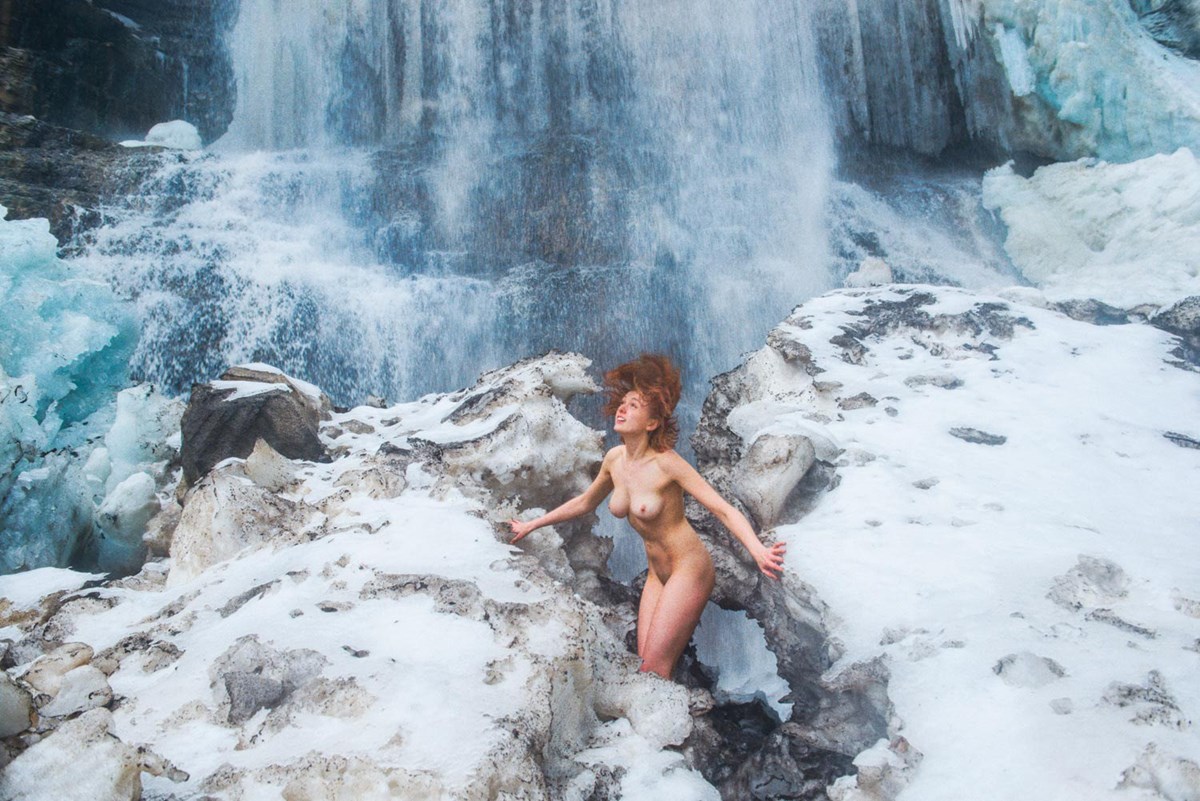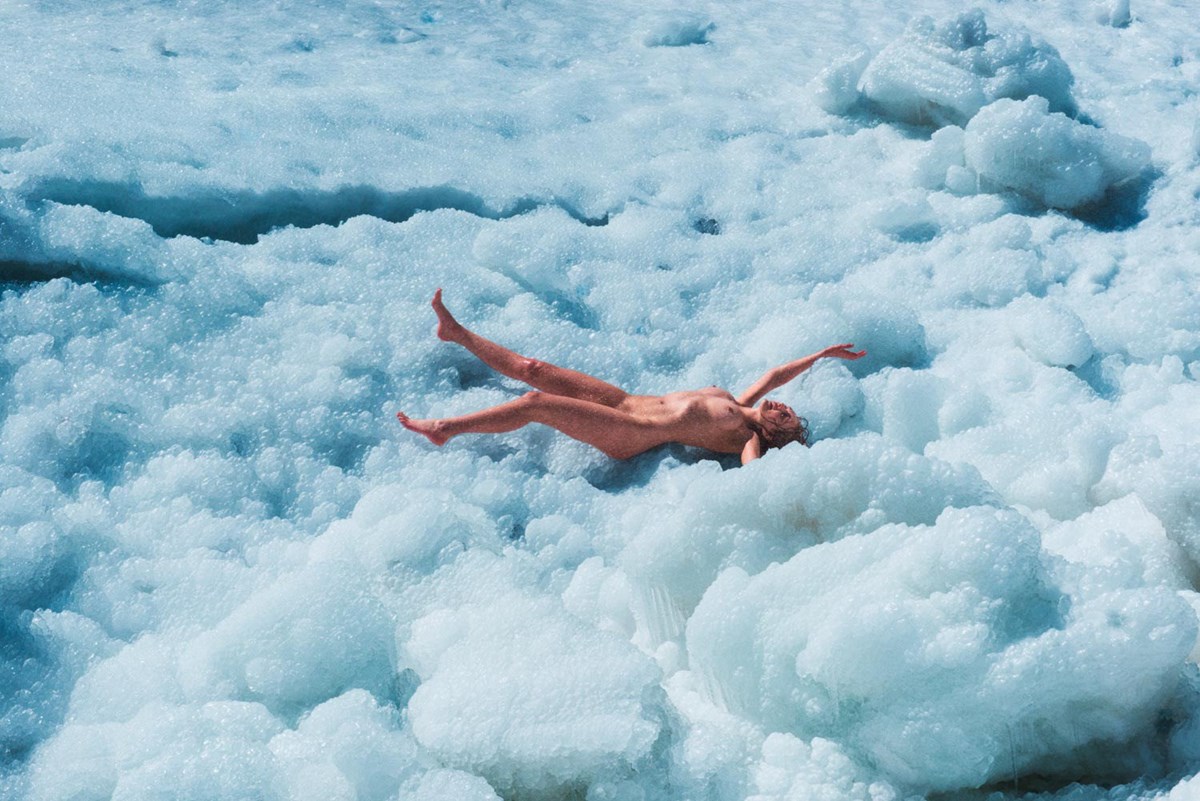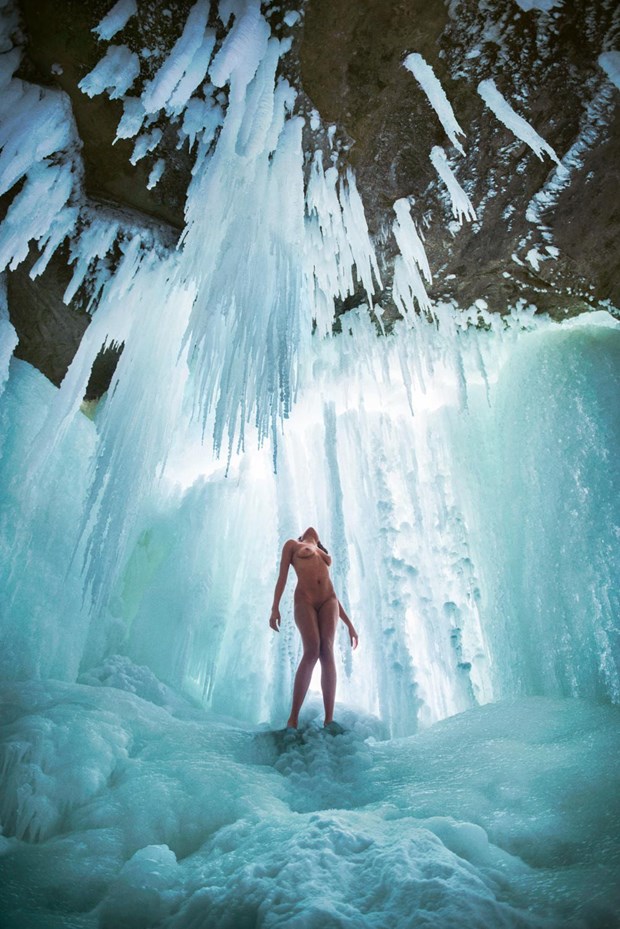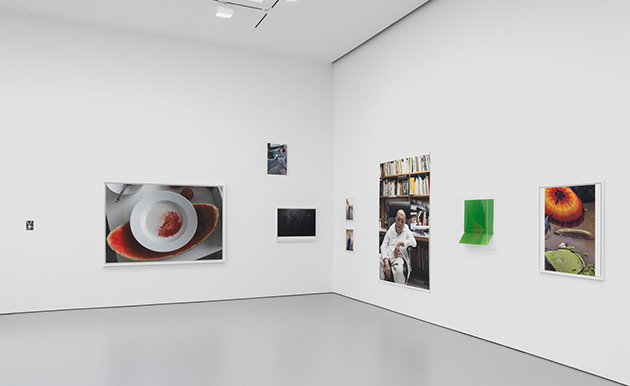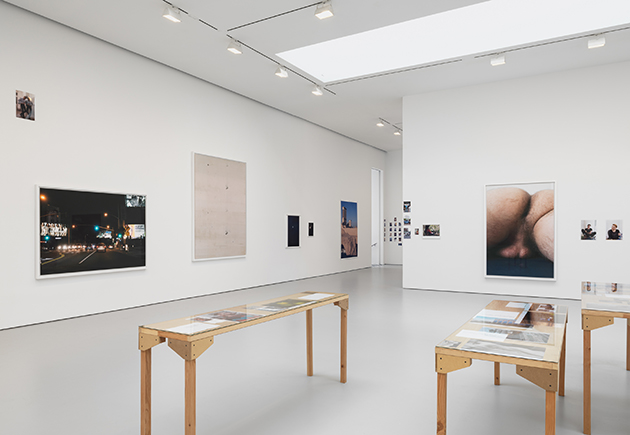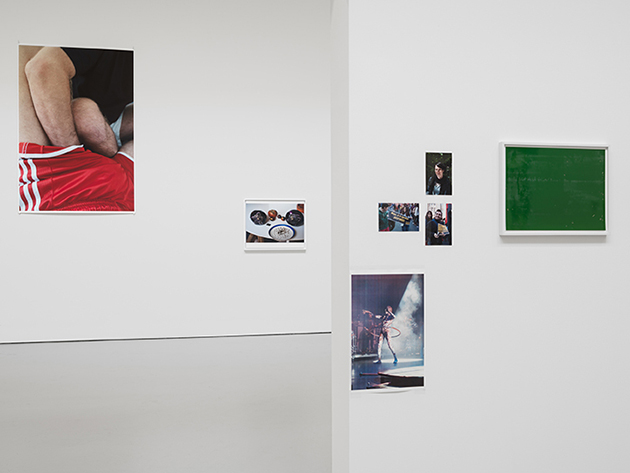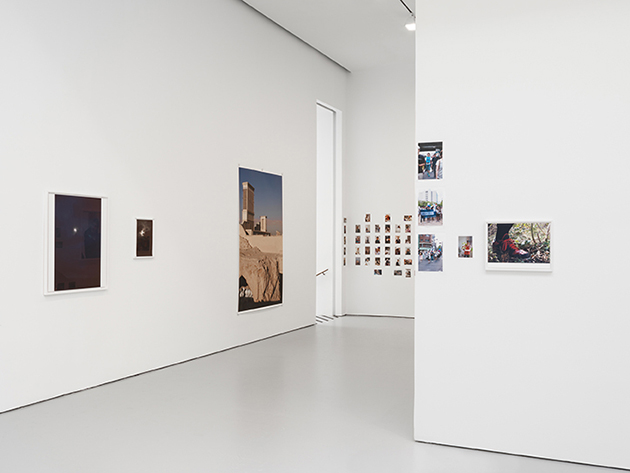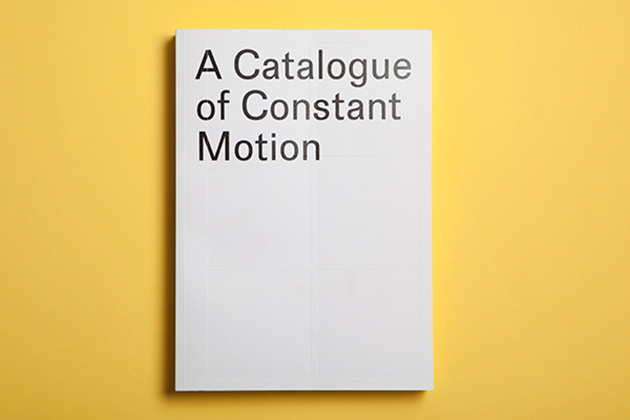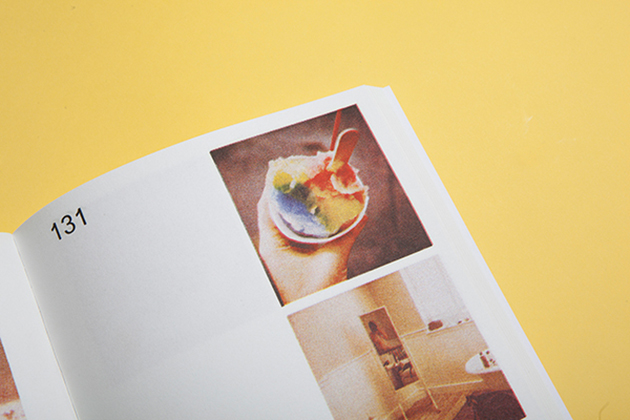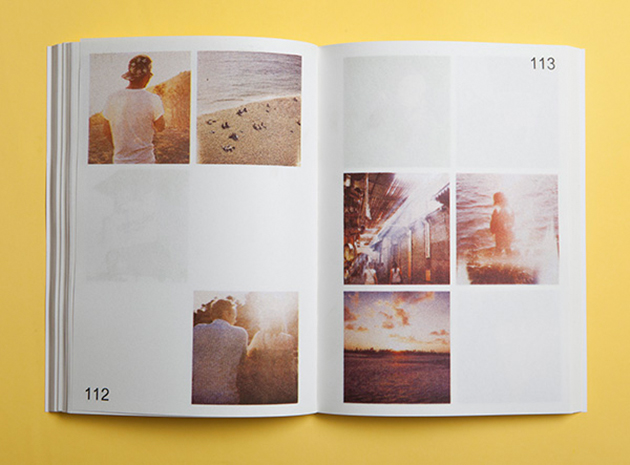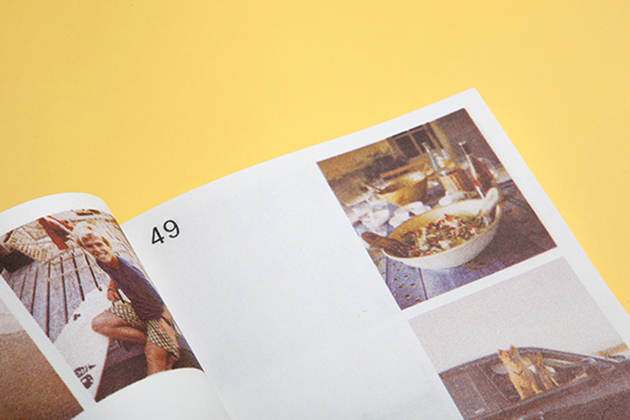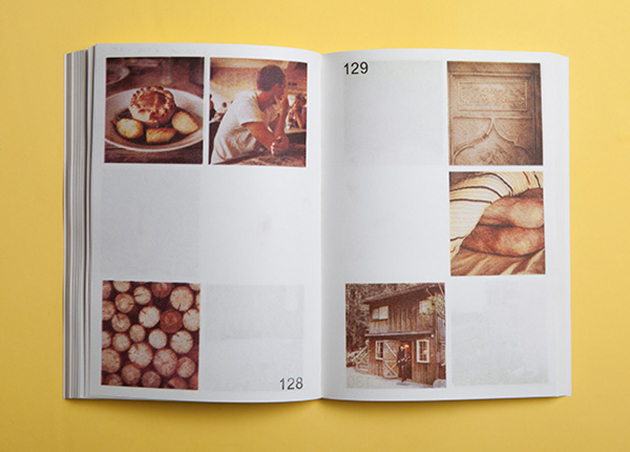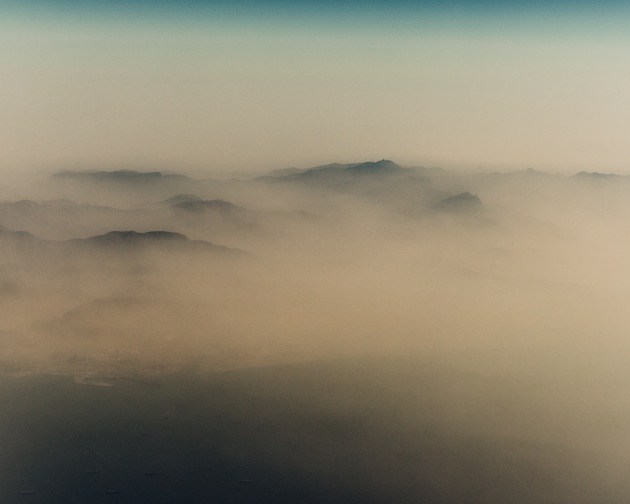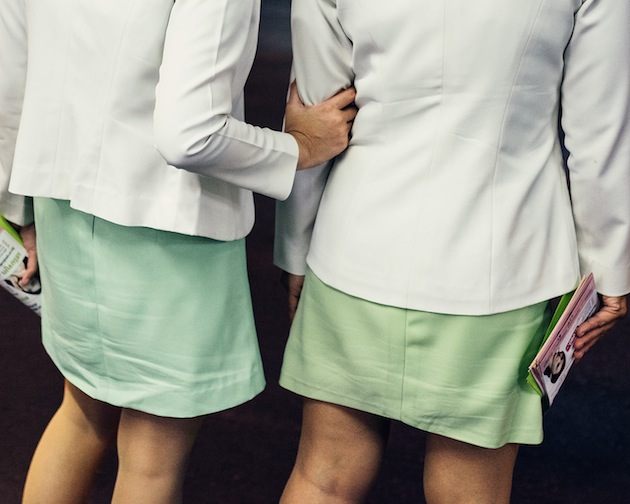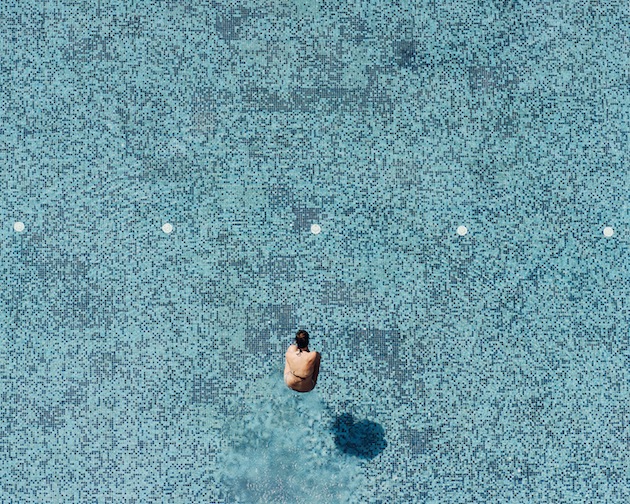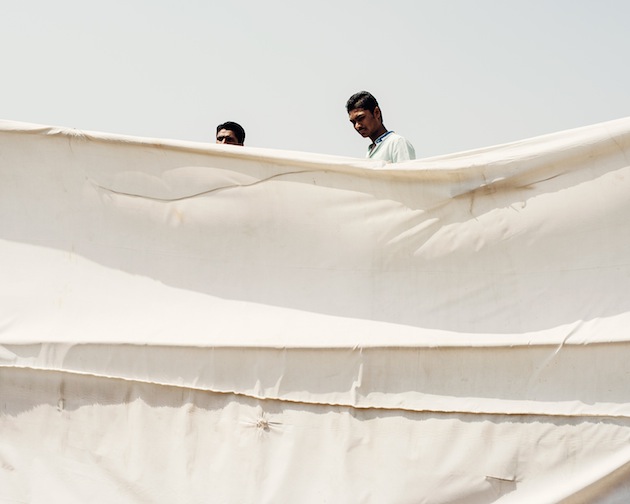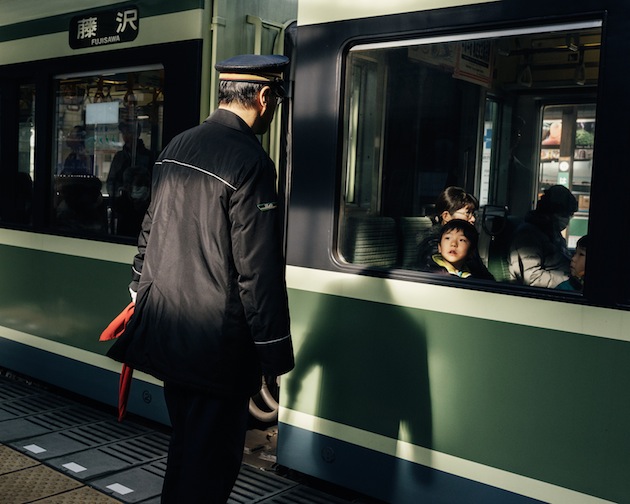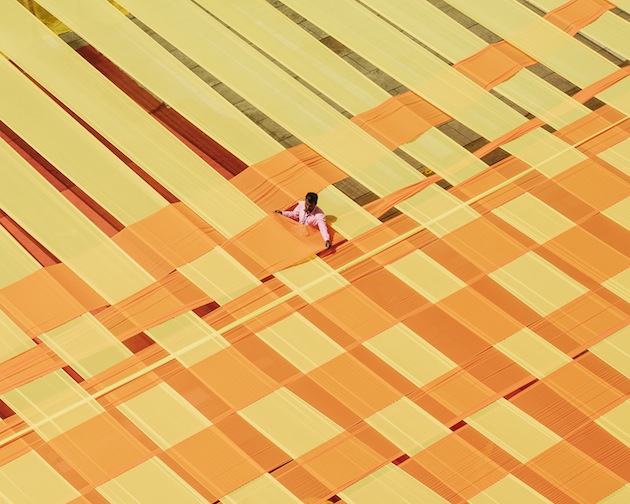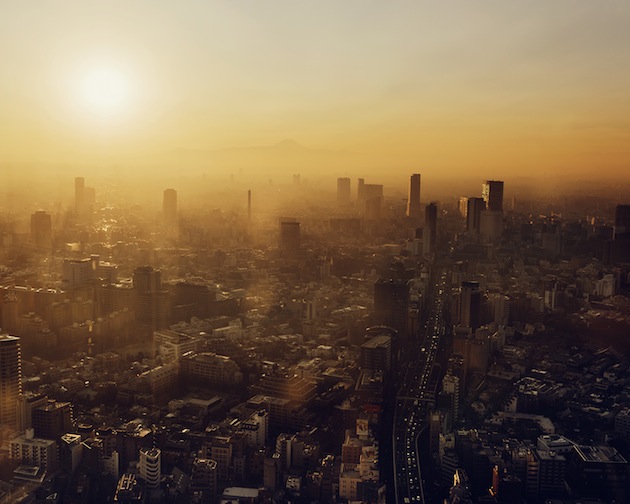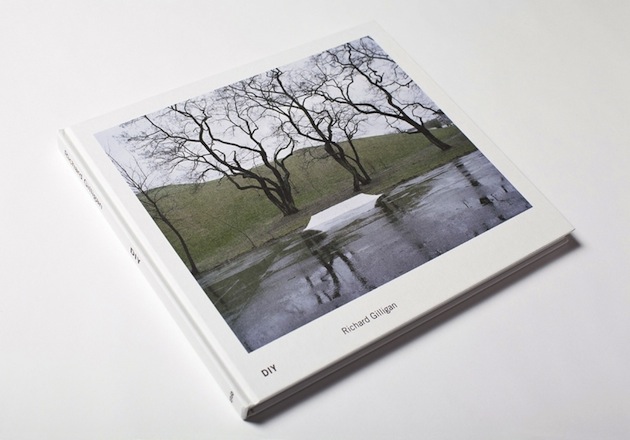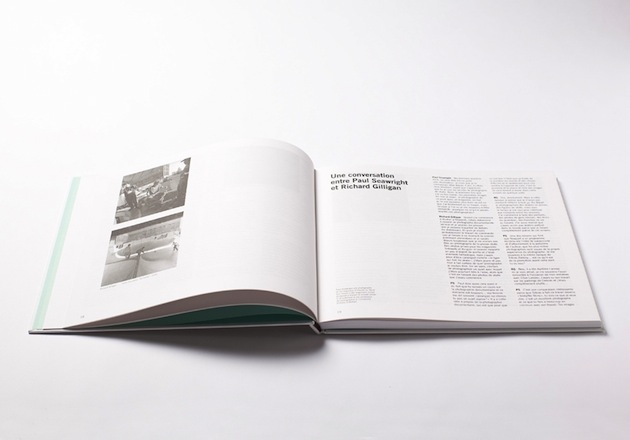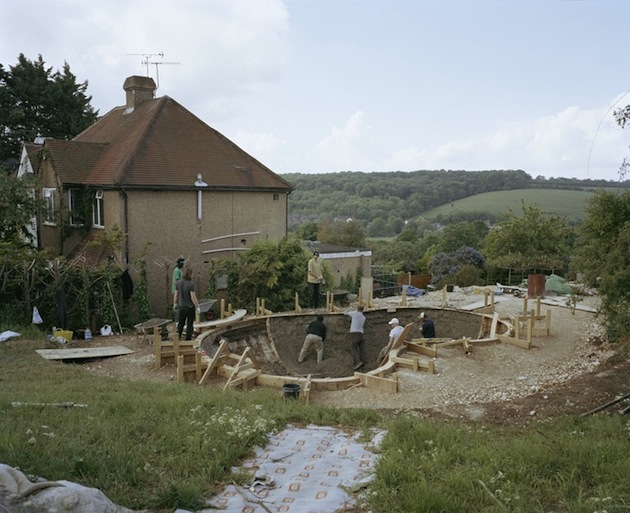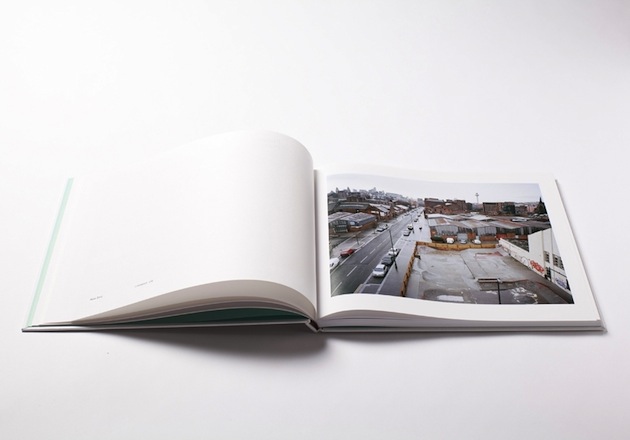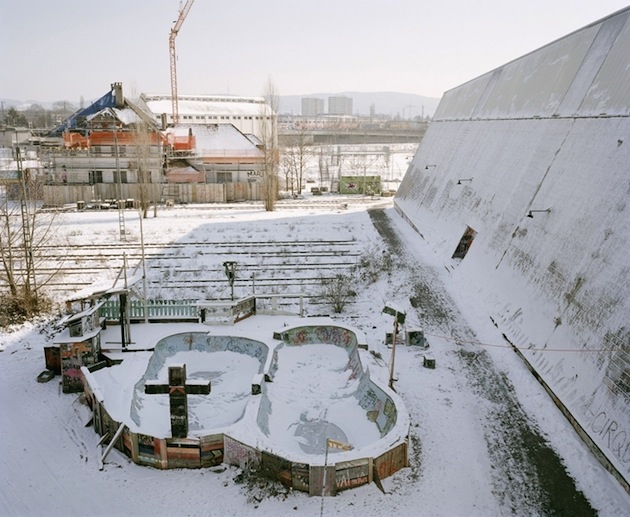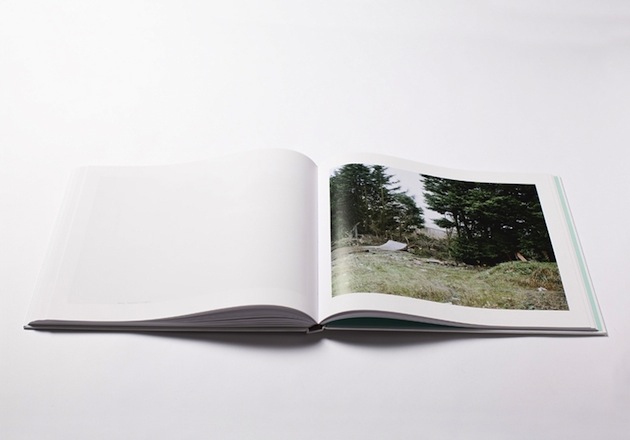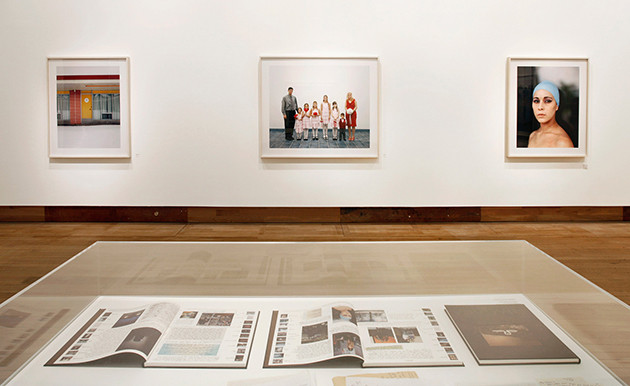
“One of the joys of being a photographer is the ability to present my work both in the pages of a book and on the walls of a gallery,” said Alec Soth in the occasion of his first major UK exhibition. “Gather Leaves: Photographs by Alec Soth” opened at London’s Science Museum to rooms filled with Soth’s signature projects Sleeping by the Mississippi, Songbook, Niagara and Broken Manual, which explore American everyday life. Alec Soth’s work is characterised by a lyrical approach to documentary photography and a restless experimentation across the many forms that photography can take: from exhibitions and books, to zines and digital media. Soth, who lives and works in Minnesota, also shares the great American fascination with the open road in his projects, bringing a fresh perspective to ideas explored in the twentieth century by artists and writers such as Robert Frank, Stephen Shore and Jack Kerouac.
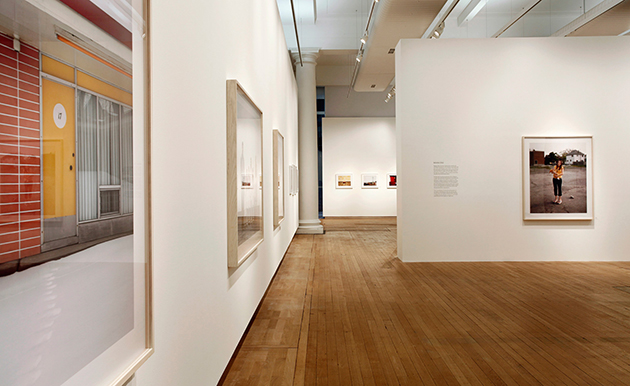
In Songbook, one of four exhibited projects, Soth elucidates modern American life in stunning and timeless black and white. The project emerged from a series of road trips he embarked on with his friend, the writer Brad Zellar. Posing as local newspaper reporters, over the course of two years they crossed seven states and attended hundreds of meetings, dances, festivals, and communal gatherings. The resulting stories were published by Soth’s own imprint, Little Brown Mushroom, as an ad hoc series of ‘dispatches’ from the different states visited. In the series, Soth isolates his photographs from their original news context, and in doing so, evokes a human desire for interaction in an era increasingly defined by virtual social networks. Funny, fragmentary and sad, Songbook is a lyrical meditation on the tension between American individualism and the urge to be united.
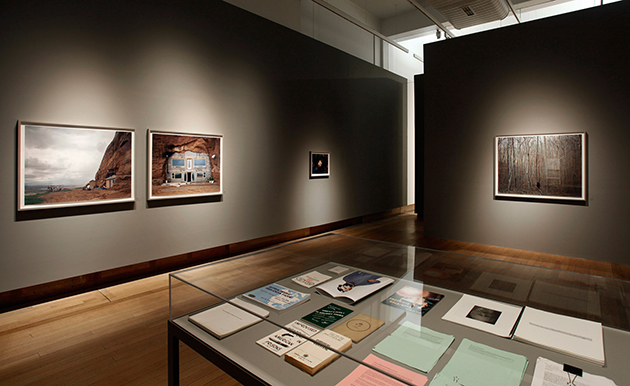
Kate Bush, Head of Photography at the Science Museum, perfectly described Alec Soth: “His work belongs within the canon of great American photography of the past century. He’s an acute observer of contemporary life, always alert to the poetic possibilities of individual triumph and tragedy. He’s an artist who captures a profound sense of what it is to be human, in all its surprising dimensions.”
The Blogazine – Images courtesy of Science Museum

